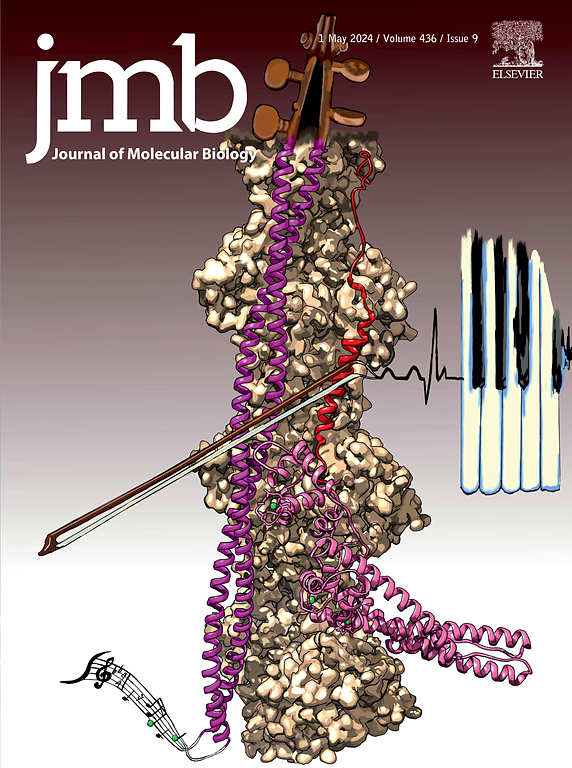ERNIE-ac4C: A Novel Deep Learning Model for Effectively Predicting N4-acetylcytidine Sites
IF 4.7
2区 生物学
Q1 BIOCHEMISTRY & MOLECULAR BIOLOGY
引用次数: 0
Abstract
RNA modifications are known to play a critical role in gene regulation and cellular processes. Specifically, N4-acetylcytidine (ac4C) modification has emerged as a significant marker involved in mRNA translation efficiency, stability, and various diseases. Accurate identification of ac4C modification sites is essential for unraveling its functional implications. However, currently available experimental methods suffer from drawbacks such as lengthy detection times, complexity, and high costs, resulting in low efficiency and accuracy in prediction. Although several bioinformatics methods have been proposed and have advanced the prediction of ac4C modification sites, there is still ample room for improvement. In this research, we propose a novel deep learning model, ERNIE-ac4C, which combines the ERNIE-RNA language model and a two-dimensional Convolutional Neural Network (CNN). ERNIE-ac4C utilizes the fusion of sequence features and attention map features to predict ac4C modification sites. ERNIE-ac4C surpasses other state-of-the-art deep learning methods, demonstrating superior accuracy and effectiveness. The availability of the code on GitHub (https://github.com/lrlbcxdd/ERNIEac4C.git) and our openness to feedback from the research community contribute to the model’s accessibility and its potential for further advancements. Our study provides valuable insights into ac4C research and enhances our understanding of the functional consequences of RNA modifications.

求助全文
约1分钟内获得全文
求助全文
来源期刊

Journal of Molecular Biology
生物-生化与分子生物学
CiteScore
11.30
自引率
1.80%
发文量
412
审稿时长
28 days
期刊介绍:
Journal of Molecular Biology (JMB) provides high quality, comprehensive and broad coverage in all areas of molecular biology. The journal publishes original scientific research papers that provide mechanistic and functional insights and report a significant advance to the field. The journal encourages the submission of multidisciplinary studies that use complementary experimental and computational approaches to address challenging biological questions.
Research areas include but are not limited to: Biomolecular interactions, signaling networks, systems biology; Cell cycle, cell growth, cell differentiation; Cell death, autophagy; Cell signaling and regulation; Chemical biology; Computational biology, in combination with experimental studies; DNA replication, repair, and recombination; Development, regenerative biology, mechanistic and functional studies of stem cells; Epigenetics, chromatin structure and function; Gene expression; Membrane processes, cell surface proteins and cell-cell interactions; Methodological advances, both experimental and theoretical, including databases; Microbiology, virology, and interactions with the host or environment; Microbiota mechanistic and functional studies; Nuclear organization; Post-translational modifications, proteomics; Processing and function of biologically important macromolecules and complexes; Molecular basis of disease; RNA processing, structure and functions of non-coding RNAs, transcription; Sorting, spatiotemporal organization, trafficking; Structural biology; Synthetic biology; Translation, protein folding, chaperones, protein degradation and quality control.
 求助内容:
求助内容: 应助结果提醒方式:
应助结果提醒方式:


